
How to Use Pinterest to Rapidly Grow Your Email List
This is a guest post from Tasha DaCosta of Lady Boss Studio. Did you know that Pinterest can be a serious powerhouse when it comes
Home » Email Marketing 101

This is a guest post from Tasha DaCosta of Lady Boss Studio. Did you know that Pinterest can be a serious powerhouse when it comes
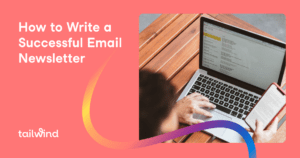
Nowadays, the true value of email newsletters is more important than ever. But, creating a truly exceptional email newsletter entails more than just sending a few lines of text out once or twice a week. In this post, we’re going to show you how to write a rockstar newsletter that entices them to open.
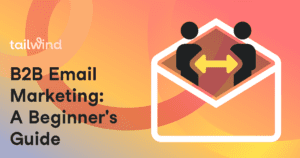
With impeccably curated, value-driven, engaging content, you can guide potential and new customers through the sales funnel from acquisition to purchase. Then, you can boost customer retention rates by keeping them in the loop and maintaining profitable relationships on both sides!

Learn how to craft compelling email subject lines that entice readers to open, click, and buy. Improve your open rates and overall email marketing success by incorporating personalized elements, urgency, and humor.
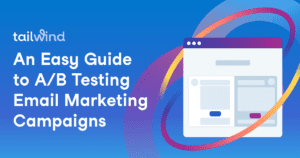
Learn the importance of A/B testing for your email marketing campaigns and how to implement it effectively to increase conversions. Discover tips for testing factors like subject lines, visuals, and CTAs to optimize your email strategy and drive better results. And if you’re new to email marketing, check out our guide on getting started!
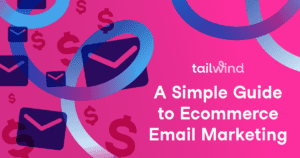
Discover how to effectively use personalized email campaigns to engage customers, drive sales and build brand awareness for your eCommerce business. Learn tips for segmentation, timing, CTAs, and more in this complete guide to eCommerce email marketing. Don’t miss out on this essential tool for online businesses. Read now!
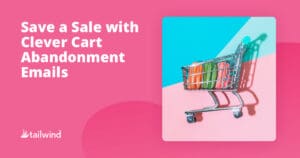
If you sell anything online through your website, chances are you have some sort of virtual cart for visitors to place items into as they
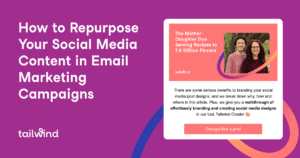
Producing quality content takes time. And with businesses stretched thin, keeping up with the demands of running multiple campaigns across multiple channels can easily leave
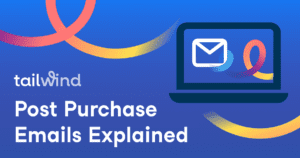
Many companies are neglecting post-purchase emails, which is a huge mistake! It may seem that when a customer makes a purchase, that is the end
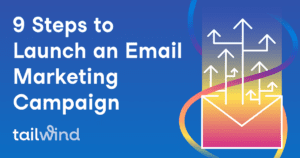
Learn the key strategies and types of email marketing campaigns to effectively connect with customers and promote your business. From outreach to reactivation, our step-by-step guide will show you how to create an effective email campaign and improve your ROI. Includes bonus tips on testing and analyzing email metrics. Start improving your email marketing today!